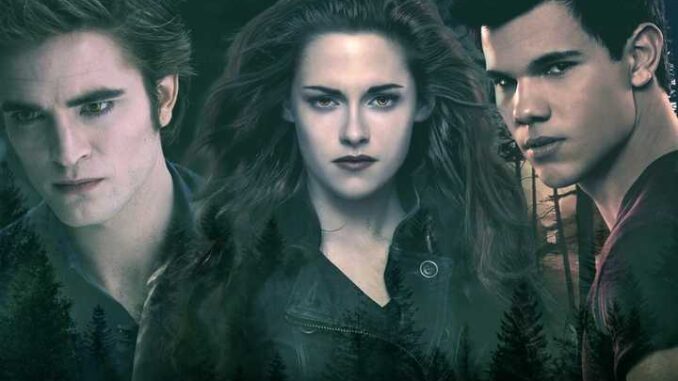
Part 1: The Twilight Saga: Breaking Dawn Achieves Huge Revenue – A Perfect Storm of Passion and Phenomenon
The cultural behemoth that was the Twilight Saga crashed onto cinema screens in 2008, instantly igniting a global frenzy. While each installment enjoyed considerable success, the culmination of the story, Breaking Dawn, reached a revenue peak that underscores not just its popularity, but also the confluence of factors that propelled it into a stratosphere of its own. The success of Breaking Dawn wasn't simply a matter of cinematic merit; it was a perfect storm brewed from ardent fandom, strategic marketing, and the satisfying resolution (or lack thereof, depending on your perspective) of a highly addictive narrative.
One cannot discuss the revenue of Breaking Dawn without acknowledging the unwavering devotion of the "Twihards." This intensely passionate fanbase, largely comprised of young women, had invested years into the world of Bella Swan, Edward Cullen, and Jacob Black. They weren't just watching movies; they were participating in a community, devouring the books multiple times, engaging in online forums, and crafting fanfiction that expanded the universe beyond Stephanie Meyer's original creation. The anticipation for Breaking Dawn, the final chapter, was feverish. These dedicated fans felt a personal stake in the story's conclusion, a desire to witness the ultimate fate of characters they had grown to know and love (or, at least, intensely identify with). This inherent investment fueled a relentless drive to see the films, often multiple times, contributing significantly to the box office numbers.
Adding fuel to this fire was Summit Entertainment's masterful marketing campaign. They understood their target audience intimately, catering to their desires with strategically released trailers, behind-the-scenes glimpses, and exclusive content that kept the fervor burning. The studio expertly leveraged social media, engaging directly with fans and amplifying the online buzz surrounding the films. This targeted approach ensured that every potential viewer was aware of Breaking Dawn's impending release and felt compelled to be a part of the cultural moment. Furthermore, the decision to split the final book into two films, a common tactic for concluding popular franchises, effectively doubled the potential revenue stream. It allowed the studio to prolong the narrative, delve deeper into specific storylines, and ultimately, capitalize on the insatiable hunger of the fanbase.
Beyond the dedicated fanbase and strategic marketing, the narrative itself played a crucial role in Breaking Dawn's financial triumph. The story promised resolution to the central romantic conflict, the exploration of previously untouched territory (like Bella becoming a vampire and having a child), and the epic battle against a formidable enemy. Whether fans were Team Edward or Team Jacob, they were invested in seeing how these storylines unfolded. The film offered a sense of closure, even if the execution left some viewers wanting. The controversies surrounding certain aspects of the plot, such as the portrayal of Renesmee's rapidly aging form, ironically contributed to the film's notoriety and ultimately, its viewership. These contentious elements sparked conversation and debate, further amplifying the film's presence in the cultural zeitgeist.
In conclusion, the massive revenue generated by Breaking Dawn was not simply a matter of luck or cinematic brilliance. It was the culmination of a powerful convergence of factors: a deeply invested and incredibly vocal fanbase, a meticulously crafted marketing campaign that tapped into their desires, and a narrative that promised resolution and spectacle. The Twilight Saga, and especially its final chapter, served as a powerful testament to the enduring power of fandom, the strategic influence of marketing, and the insatiable appetite for stories that captivate and consume the collective imagination. Breaking Dawn stands as a prime example of how a cultural phenomenon, fueled by passion and expertly managed, can translate into staggering financial success.
